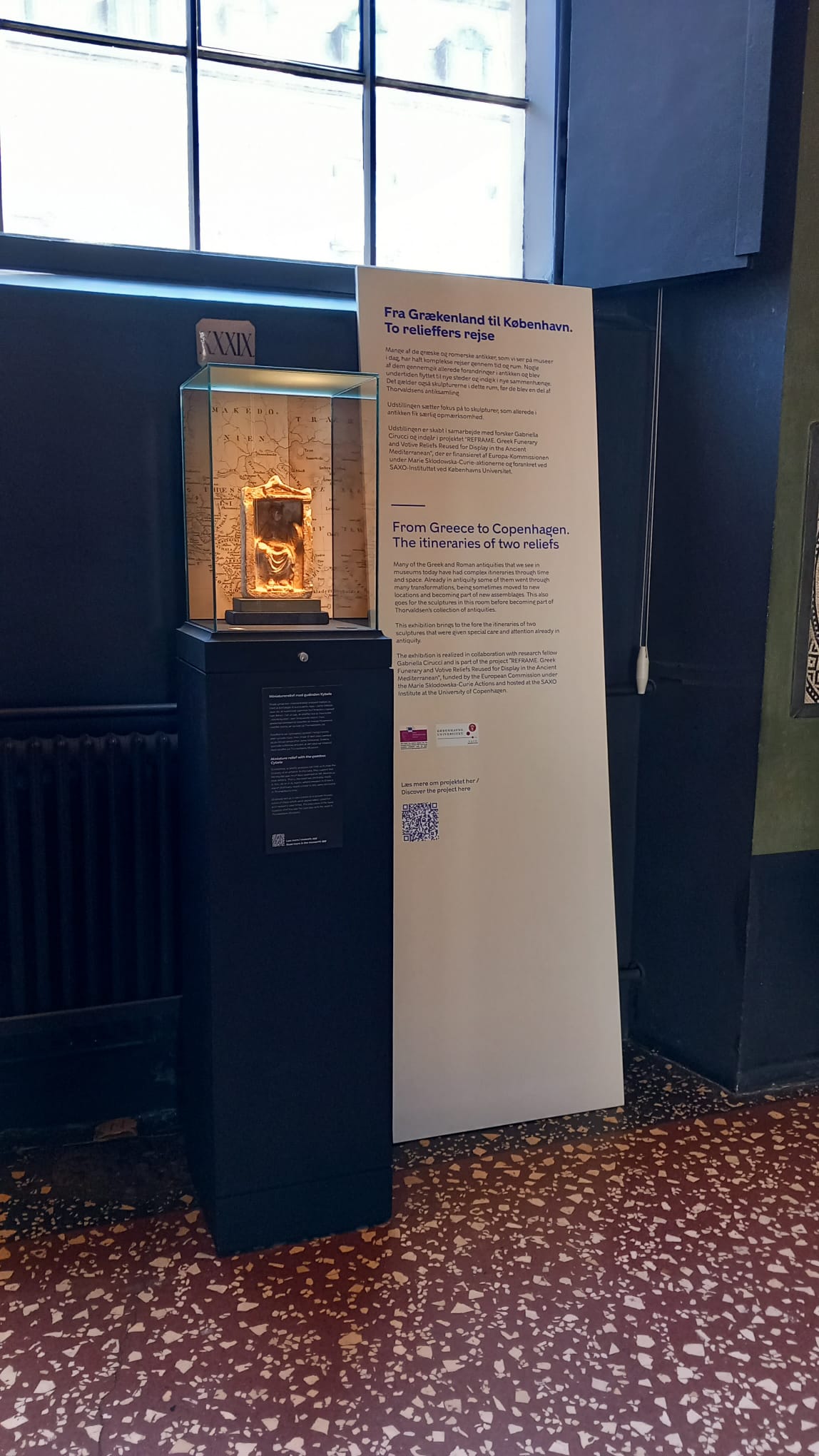Many of the Greek and Roman antiquities that we see in Museums nowadays have had complex itineraries through time and space. They were not simply produced for a specific purpose, then been discarded and buried before being rediscovered in modern times. Already in antiquity some of them went through many transformations, being sometimes moved to different places and becoming part of new assemblages.
REFRAME addresses Greek and Roman attitudes toward and interest in antique artefacts by focusing specifically on marble reliefs sculpted in Greece from the sixth to the second centuries BCE that after exhausting their original function as gravestones in cemeteries, or as votive gifts in sanctuaries were reused and put on display in a new context.
Why, and how, were old Greek tombstones and small votive gifts capable of affecting people in different cultural areas and periods from Antiquity right through to our times?
As Europeans, our shared identity and memory are deeply rooted in the process through which these reliefs were preserved to our days, from their reuse for display in Antiquity right through to current policies for protection and enhancement of Cultural Heritage.
REFRAME traces the itineraries of these reliefs over time and space without privileging specific phases, in order to actualize the different times and places when and where they were active as well as to reactivate the different relations among people, other objects, and spaces they were - and are - part of.
Main objectives:
1) REFRAME established a new model for addressing Greek funerary and votive reliefs reused for display in antiquity by providing a new approach to this topic based on the itineraries of these objects over time and space as well as by adopting a multidisciplinary methodology (combining archaeology, art history, and natural sciences) for the study of the material.
2) It has provided new knowledge about the Greek and Roman attitudes toward and interest in antique artefacts and has disclosed new opportunities for comparative research in other historical periods and cultural areas.
3) It has developed a new museum communication strategy to bring knowledge to the public of the itineraries of Greek funerary and votive reliefs over time, bridging ancient and contemporary interest for antique artefacts.
